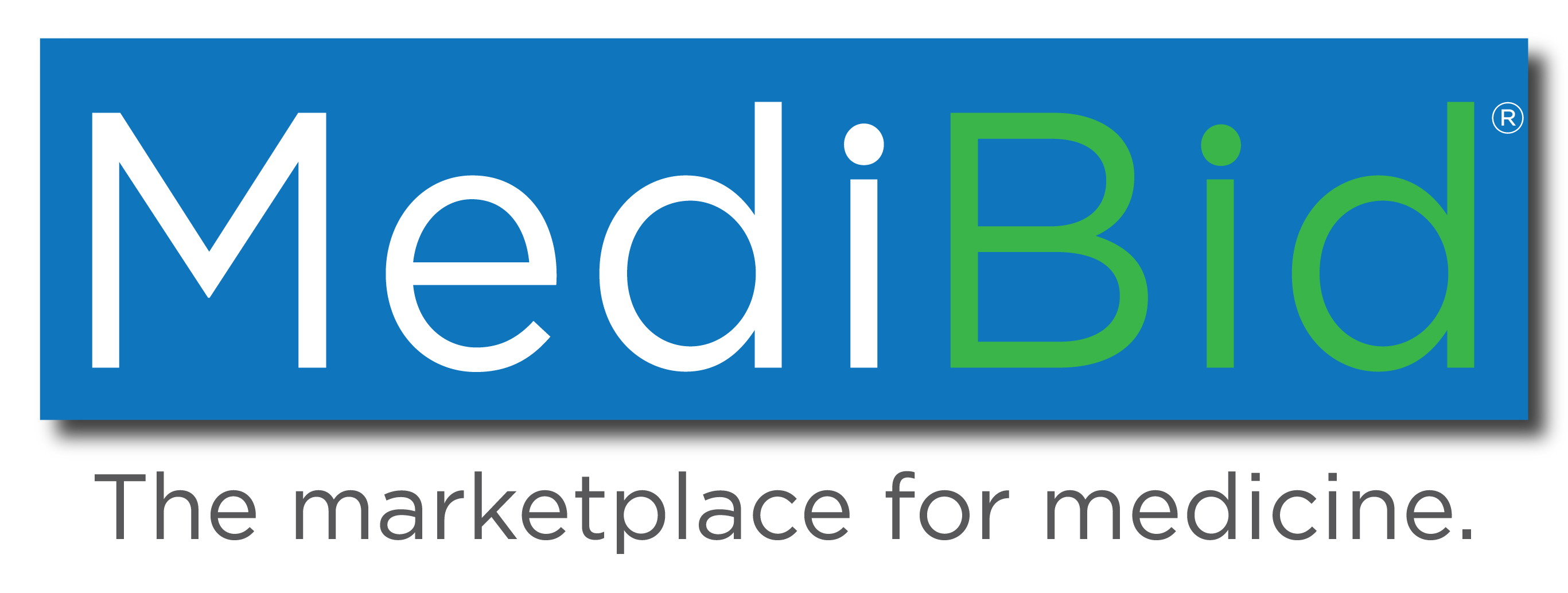Breast health is a vital aspect of overall well-being for women, and routine screenings play a crucial role in early detection of potential issues. Mammograms are widely recognized as an effective tool in this regard, but there are alternatives and self-checks that can further contribute to optimizing breast health. In this article, we will explore tips for undergoing a mammogram, discuss alternative screening methods, and provide guidance on conducting monthly self-checks.
Tips for Undergoing a Mammogram
- Schedule Regular Screenings: Start by scheduling regular mammograms as recommended by your healthcare provider. Typically, women are advised to begin mammograms at age 40 and continue annually.
- Choose the Right Timing: Schedule your mammogram for a time when your breasts are less likely to be tender. Avoid scheduling the procedure during or just before your menstrual period when breasts may be more sensitive.
- Communicate with the Technologist: Inform the mammography technologist about any breast changes, symptoms, or concerns you may have. Clear communication ensures that the technologist can adapt the procedure to address specific needs.
- Dress Comfortably: Wear a two-piece outfit for easy undressing from the waist up. This simplifies the process and helps you feel more at ease during the examination.
- Relax and Breathe: Mammograms may cause temporary discomfort, but the procedure is generally quick. Take deep breaths and try to relax to make the experience more comfortable.
- Understand the Results: After the mammogram, discuss the results with your healthcare provider. Don’t hesitate to ask questions or seek clarification on any findings.
Alternatives to Mammograms
While mammograms are the gold standard for breast cancer screening, there are alternative methods that may be considered in certain situations:
- Breast Ultrasound: Ultrasound uses sound waves to create images of the breast. It is often used as a supplementary screening tool, especially for women with dense breast tissue or those at higher risk.
- Magnetic Resonance Imaging (MRI): MRI can be employed for breast cancer screening in women with a high risk of developing breast cancer. It provides detailed images and is particularly useful in certain cases.
- Clinical Breast Exam (CBE): A clinical breast exam performed by a healthcare professional involves a thorough examination of the breasts for any abnormalities. While not a standalone screening, CBE complements other methods.
- 3D Mammography (Tomosynthesis): This advanced form of mammography provides a three-dimensional view of the breast tissue, potentially improving accuracy in detecting abnormalities.
- Breast Self-Exam (BSE): While not a substitute for regular screenings, monthly breast self-exams can help women become familiar with their breasts and promptly identify any changes. This method is an active step in breast health awareness.
Monthly Self-Checks
- Choose a Consistent Time: Perform your monthly breast self-exam at the same time each month. This consistency helps in recognizing changes more effectively.
- Use a Systematic Approach: Adopt a systematic approach by examining your breasts in a pattern. This can include moving from the outer breast towards the nipple in a circular motion, checking for any lumps, changes in texture, or abnormalities.
- Include the Underarm Area: Extend the examination to the underarm area and collarbone. Lumps or swelling in these regions should also be brought to the attention of your healthcare provider.
- Observe Changes in Appearance: Pay attention to changes in breast size, shape, or color. Also, be alert to any discharge from the nipples.
- Consult a Healthcare Professional: If you notice any changes during your self-checks, promptly consult your healthcare provider. Early detection and intervention significantly improve the chances of successful treatment.
Breast health is a personal responsibility that involves a combination of regular screenings, awareness, and proactive self-checks. Mammograms remain a cornerstone in breast cancer detection, but alternatives and monthly self-exams further contribute to comprehensive breast health management. By staying informed, scheduling routine screenings, and actively participating in self-checks, women can empower themselves in the journey toward optimal breast health. Remember, early detection saves lives, and your commitment to regular screenings and self-exams is a crucial step in maintaining your well-being.


